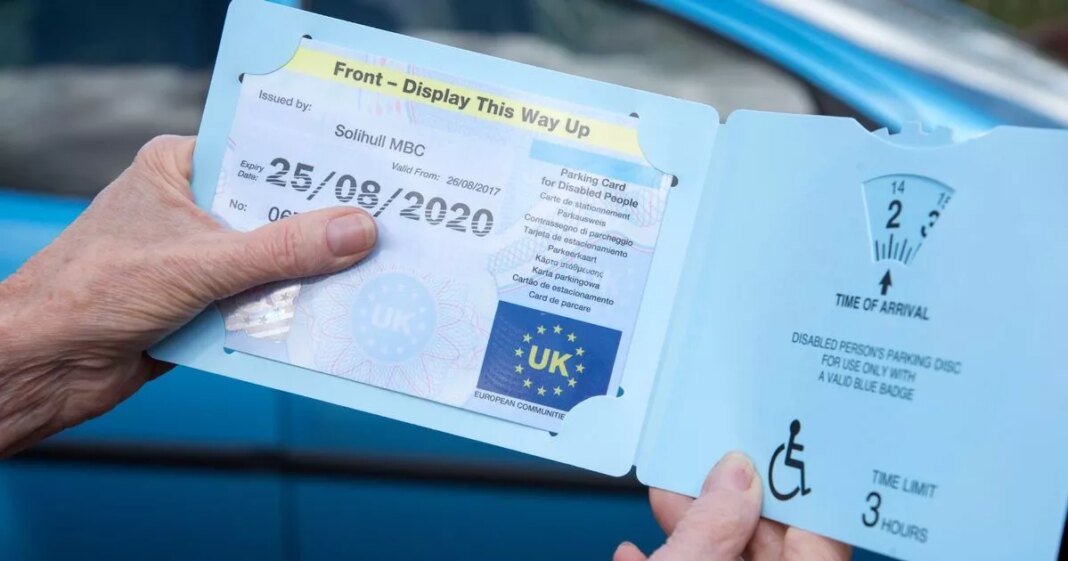People with a disability, physical or mental health condition that impacts their ability to walk – or those with hidden illnesses such as dementia, autism or Parkinson’s – may qualify for a Blue Badge.
This allows them to park closer to their destinations. Whether you’re the driver or a passenger, a Blue Badge lets you park for free in disabled parking bays and can exempt you from other parking restrictions.
It also grants access to areas off-limits to regular motorists, including on-street meter spaces, pay-and-display spots, disabled person’s parking spaces, and over single or double yellow lines.
However, drivers are advised to use bays over yellow lines where possible. Be aware though, there are more than ten locations where permit holders cannot park at any time, risking fines or penalties.
When using a Blue Badge, it’s crucial to display it correctly – place it on the dashboard where it can be clearly seen through the front windscreen. The badge should face upwards, with the photo side hidden, reports the Daily Record.
There are indicators on either side to help remember its correct placement.
The parking concessions that are available to badge holders in include:
Even with a Blue Badge you cannot park in the following places:
At Reach and across our entities we and our partners use information collected through cookies and other identifiers from your device to improve experience on our site, analyse how it is used and to show personalised advertising. You can opt out of the saleor sharing of your data, at any time clicking the "Do Not Sell or Share my Data" button at the bottom of the webpage. Please note that your preferences are browser specific. Use of our website and any of our services represents your acceptance of the use of cookies and consent to the practices described in our Privacy Notice and Privacy Notice.

